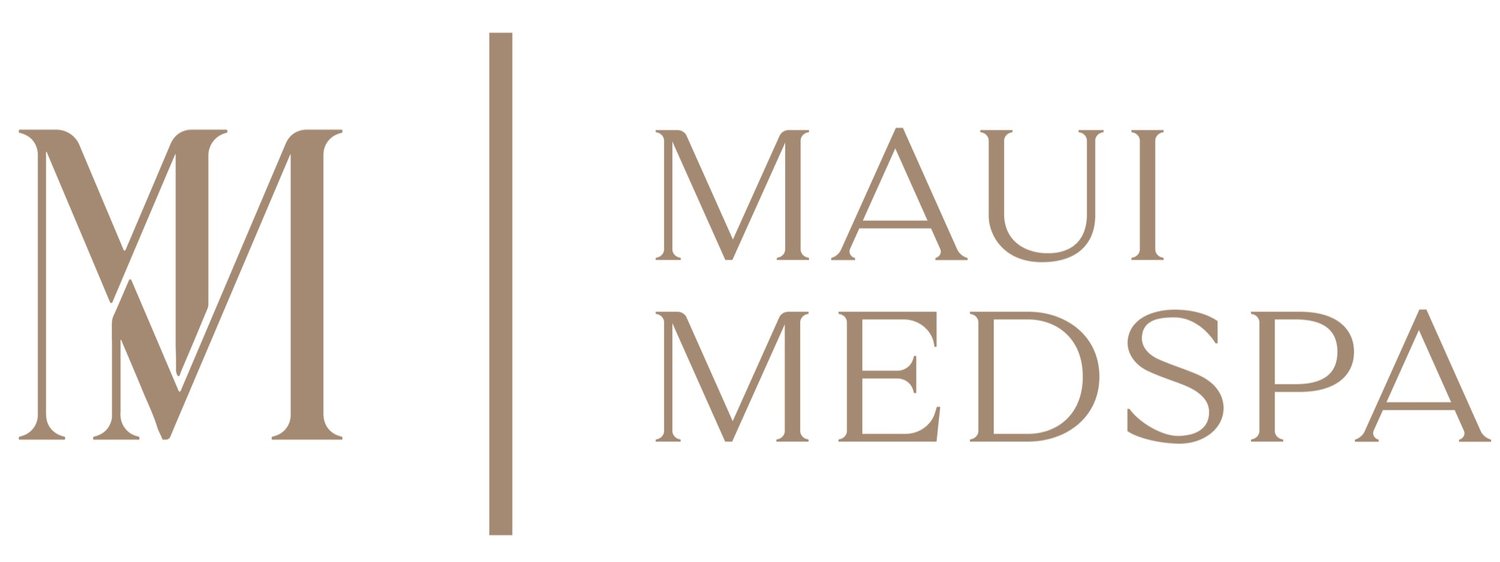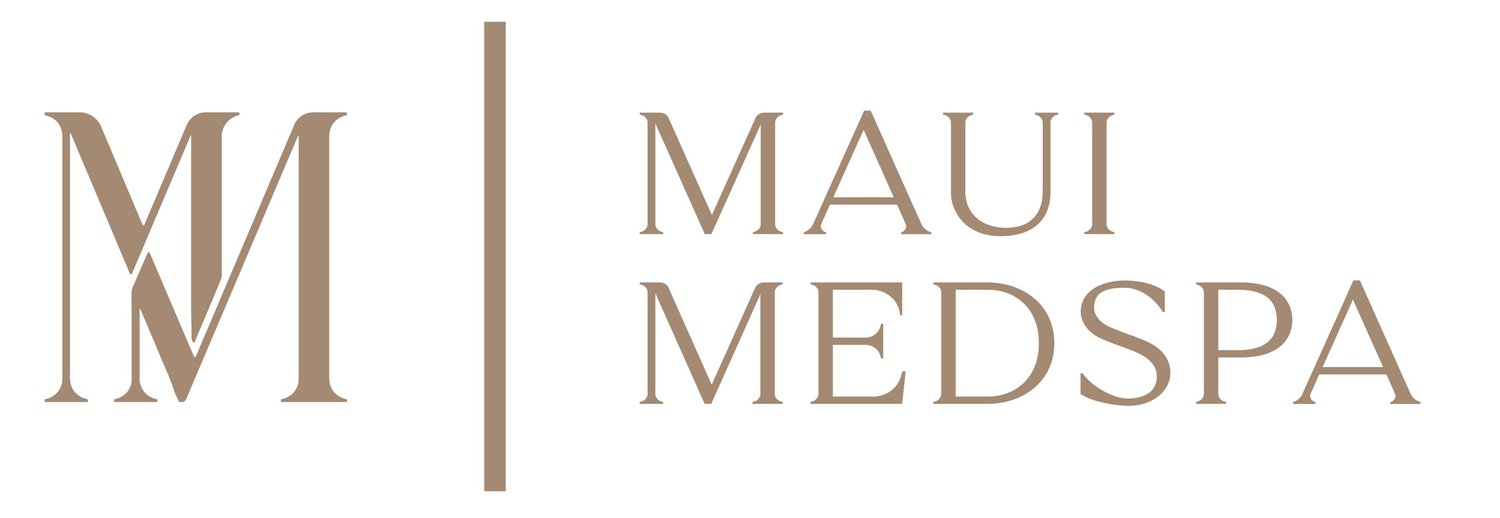Wrinkles: common types and how to prevent
Fine lines and wrinkles are an obvious sign of age and the target of hundreds of beauty products. Countless creams and serums are formulated to plump out fine lines and reduce the depth of larger wrinkles. As humans, our eyes are drawn to wrinkles as they tell a story of where the person has been and how old they are.
So what causes wrinkles other than age? Simply put, wrinkles are formed by a combination of thinning and loss of elasticity coupled with repetitive movement. As we age, our skin thins out very slowly through the loss of collagen and elastin. Certain habits like being a sun goddess and spending many hours in the sun without sunscreen can speed up this process.
It is in areas with repetitive movement that wrinkles will first appear. Facial expressions and movement of facial skin is a constant part of daily life. Furrowing your forehead to make a concerned look (how “Frown Lines” or “11” lines are made) occurs constantly, whereas the skin on your forearm or stomach is rarely folded. These facial wrinkles show up first and are the first giveaway to age. Not surprisingly, all neurotoxins for cosmetic use are studied and FDA-approved for facial wrinkles.
Wrinkles are broken down into two types; dynamic and static.
Dynamic
Dynamic wrinkles appear only when the underlying muscle is moved. Smiling will activate the muscle around the eye (Orbicularis Oculi) to squint showing Crow’s Feet wrinkles on the corner of the eye. Raising the eyebrows during conversation to be more expressive will activate the forehead muscle (Frontalis) to lift up showing large wrinkles across the whole forehead. When these wrinkles are dynamic they only appear when the muscle is moved and go away when the expression is relaxed.
Static
Static wrinkles are simply wrinkles that remain visible when the expression is relaxed. They are there all the time. Over time and thousands of repetitive movements, the lines you see when the Crow’s Feet appear when smiling, or forehead lines appear when raising eyebrows, will be etched into the skin and remain there statically.
While wrinkles are a natural part of graceful aging, many people prefer to minimize their appearance. The absolute best way to combat wrinkles is through prevention. We always recommend starting Botox in the late 20’s when wrinkles have yet to form. If you do this, you will be ahead of your peers who waited until static lines start in their 30’s!
Let’s talk about the most common wrinkle areas:
MARIONETTE LINES
What are They?
Marionette lines are lines on the corner of the mouth that look like the lines on a ventriloquist puppet.
What Causes Them?
Marionette lines are caused by repetitive frowning or pulling the corners of the mouth down for certain expressions.
How do we treat them?
Botox or Dysport can be injected into the Depressor Anguli Oris muscle to stop it from making a frowning expression.
How Many Botox Units Do I Need For The Marionette Lines?
Typically you will need 2-4 units per side.
FOREHEAD LINES
What are They?
Forehead lines are horizontal, parallel wrinkles that run across your forehead caused by the frontalis muscle raising the eyebrows.
What Causes Them?
Forehead wrinkles are caused by the repetitive raising of the eyebrows.
How do we treat them?
Botox or Dysport can be injected into the Frontalis Muscles. You usually need 20-30 Botox Units to treat forehead wrinkles.
How Many Botox Units Do I Need For The Forehead Lines?
Typically you will need 15-25 Units.
FROWN LINES
What are They?
Frown lines are the vertical lines between your eyebrows. These appear when you scrunch your eyebrows while thinking hard, squinting, scowling or various other facial expressions. People also call them “11 Lines”.
What Causes Them?
These wrinkles are caused by repetitive contraction of the glabella muscle complex during any of the above facial expressions.
How Do I Treat Them?
Botox or Dysport can be injected into the Glabella complex (Corrugator and Procerrus muscles) to stop the furrowing motion.
How Many Botox Units Do I Need For The Frown Lines?
Typically you will need 15-20 Units.
NASOLABIAL FOLDS (LAUGH LINES)
What are They?
Nasolabial Folds are the lines that run from the corner of your nose to the corner of your mouth. They are also sometimes referred to smile or laugh lines.
What Causes Them?
Nasolabial folds are caused by three things: repetitive smiling, loss of collagen and elastin and the cheek fat pads shifting with age. This fold is age related-if you see a baby you will notice that this fold is absent!
How Do I Treat Them?
Nasolabial folds are treated in two ways; the first is by using PDO Threads to lift the cheek tissue that is sagging and causing the fold, the second way is to use dermal filler to fill the fold.
How Many PDO Threads or Syringes of Dermal Filler Will I Need To Treat Them?
Typically you will need 4+ PDO Threads per side, or one syringe per side to soften the nasolabial folds. Because these are a natural formation, they will never completely go away.
BUNNY LINES
What are They?
Bunny lines are the curved vertical lines on the corner of your nose that form when you scrunch your nose like a bunny. Not everyone makes these lines-some people scrunch their noses more than others when they smile or laugh!
What Causes Them?
Bunny lines are formed when you scrunch your nose (contracting the upper nasalis muscle and the levator labii superioris alaque nasi muscles).
How Do I Treat Them?
Botox and Dysport can be injected into these muscles to stop the scrunching motion.
How Many Botox Units Do I Need To Treat The Bunny Lines?
Typically you will need 4-6 units per side, or a total of 8-12 units.
CROW’S FEET
What are They?
Crow’s Feet are the wrinkles extending laterally from the sides of your eyes wither horizontally or vertically.
What Causes Them?
Crow’s feet are formed by repetitive laughing, smiling or squinting (contraction of the orbicularis oculi muscle). The muscle responsible for these is firmly attached to the skin and therefore these are some of the first wrinkles noticed.
How Do I Treat Them?
Botox or Dysport can be injected into the lateral orbicularis occuli muscle. This will not stop you from being able to make smiling or laughing expressions-it only stops the very side of the eye from creasing.
How Many Botox Units Do I Need To Treat The Crow’s Feet?
Typically you will need 10 units per side, although this area can vary widely per person.
LIP LINES
What are They?
Lip Lines are the tiny vertical lines that develop above the upper lip. Sometimes people call these smokers lines or pucker lines.
What Causes Them?
Lip Lines are caused by three things: repetitive contraction of the lips, aging changes in the skin and dehydration. These often form faster in people who often purse their lips such as drinking from a straw or smoking.
How Do I Treat Them?
The best treatment for lip lines is prevention! It is important to keep the lips hydrated, use sunscreen lip balm and avoid smoking. If these lines do form, lip filler can be used to restore volume and hydration lost with age changes.
How Much Filler Is Needed To Treat Lip Lines?
Typically 1-2 syringes per year will maintain a well-hydrated and full look for the lips.
MENTAL CREASE
What is the Mental Crease?
This is the horizontal line between the lower lip and chin.
What Causes It?
The mental crease is caused by scrunching the chin either when pouting or heavy thinking type facial expressions.
How Do I Treat This?
Botox or Dysport can be injected into the Mentalis Muscle, which at the front of your chin where a chin dimple would be.
How Many Botox Units Do I Need To Treat The Mental Crease?
Typically you will need 5 units.
Schedule a consultation with us today to learn more about Maui Medspa and you can also contact us or visit our website.

